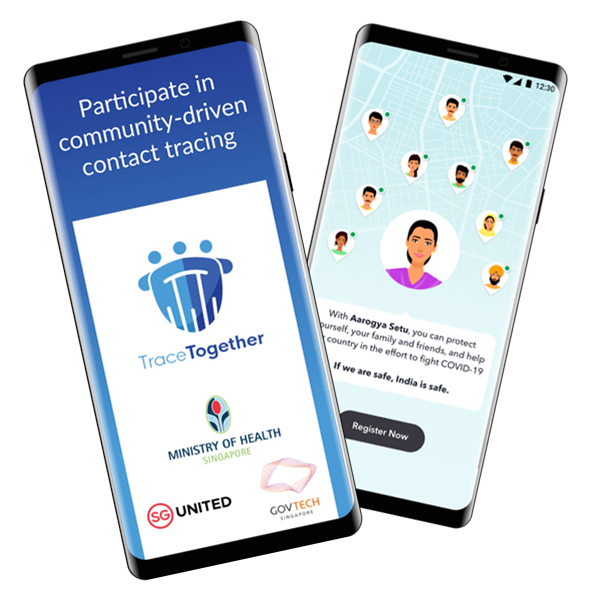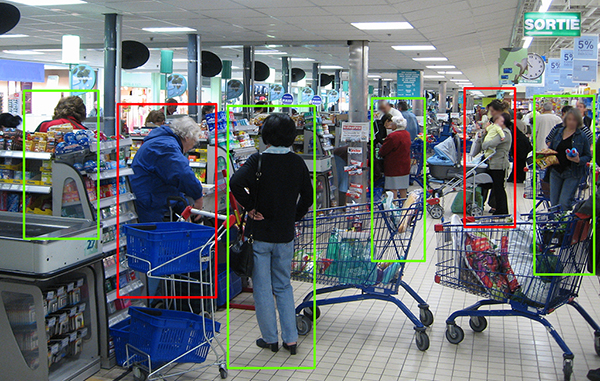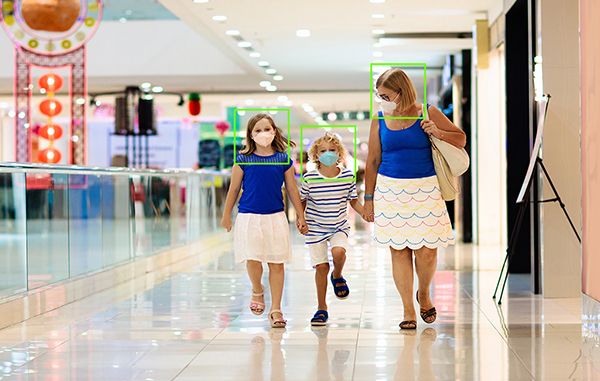On behalf of Kloudspot, I hope that you, your loved ones, your neighbors, your employees and your partners are staying healthy and safe during this war against the Covid-19 pandemic.
Right now, we’re all asking the same questions: What lasting impact will this pandemic have on the world? On our countries? On our work? Our day to day life? And most of all, when will it end?
There’s no playbook for this crisis. But there is always a way forward: Follow your heart and use the data. We hear about new data every time we tune into the news, from every expert and every governor. I’ll be honest, when I took the role of CEO at Kloudspot, I wasn’t expecting my first challenge to be helping our customers and employees weather this storm. But living at the intersection of data, artificial intelligence, and sensor technology, my team and I feel we have a responsibility to leverage our platform, capabilities, resources and data to help win this war. Here’s what we are thinking:
How is data helping us deal with this pandemic?
Data analysis, mathematical models and artificial intelligence are enabling world experts, policymakers and epidemiologists to make critical decisions. They are analyzing trends from available data to trace the global infection trajectory to map and slow the spread. From protective masks and gloves, to testing protocols for civil ‘shelter-in-place’ and social distancing ordinances, every decision on how to win this war needs to be more data driven. Data and smart technologies are enabling efficient crisis management and providing new solutions to the problems we face in this pandemic.
Using data modelling to map the spread of infectious diseases is not new. In the 18th century, mathematician Daniel Bernoulli projected the spread of smallpox to prove the effectiveness of immunization. A century later, British Dr. John Snow used statistics and mapping to trace the source of a cholera outbreak.
During this pandemic, artificial intelligence (AI), situational awareness platforms and the Internet of Things (IoT) can play key roles in infectious disease epidemiology by deepening our understanding of the speed and trajectory of the disease over time. We can now identify variables that impact the spread of infection, and use smart systems such as Singapore’s OpenTrace codebase to deliver early warnings to communities at risk. With the help of geographic information system (GIS) mapping, smart devices and satellite communication, digital technology has used data to track transmission rates, make projections, spot trends and enable life-saving actions. So, how do we get ahead of this disease? We are at war. And you don’t win a war playing defense. You win by getting ahead of the enemy. And to get ahead, we need to converge this data, and contextualize it for better accuracy to predict and manage the next critical decisions and actions.
Using data and devices for prediction and management.
The most challenging, and perhaps most exhaustive job that follows any crisis is recovery. And here both data and devices will help lead the way.
Conventional and social media, combined with digital public information displays have helped drive awareness and provide citizens with useful guidelines on preventive measures and policies. Technology and data have created systems that identify people movement, behavior patterns, and potential infectious areas, and smart sensors track and trace individuals’ historical paths and associations. Identification and contamination tracking are key to slowing the spread. Remember the now infamous patient 31 in South Korea, who within 35 days was responsible for 5,080 cases of the coronavirus – more than half of all cases in the country. Smart sensors might have proactively identified this patient and contained that spread.

Sensors, analytics and the cloud work together to flatten the curve
The use of analytics from sensor networks, devices and data can provide an efficient solution to enhance the monitoring of a crisis of this nature. Installed within a particular area, it creates situational awareness that ultimately acts as a warning and tracing system in case of emergencies. In the Covid-19 situation, sensors can monitor parameters such as people movement, proximity, and body temperature, and detect the usage of protective gear like masks and gloves.


Layered above this are AI and machine learning technologies that provide analytic capabilities. These anticipate upcoming perils well in advance and provide actionable insights for more well-informed decisions regarding the next plan of action. Together, these technologies and the data they capture and manage can save lives. Thousands of lives.
At Kloudspot, we believe it’s our responsibility to leverage our data analytics and situation awareness platform to help win this fight. And the next fight. And beyond.
I hope you enjoyed this blog. It’s the first in a series I’m planning to share with you on topics of interest.
I’m so honored to be part of this journey with you all.
Thank you and be safe.